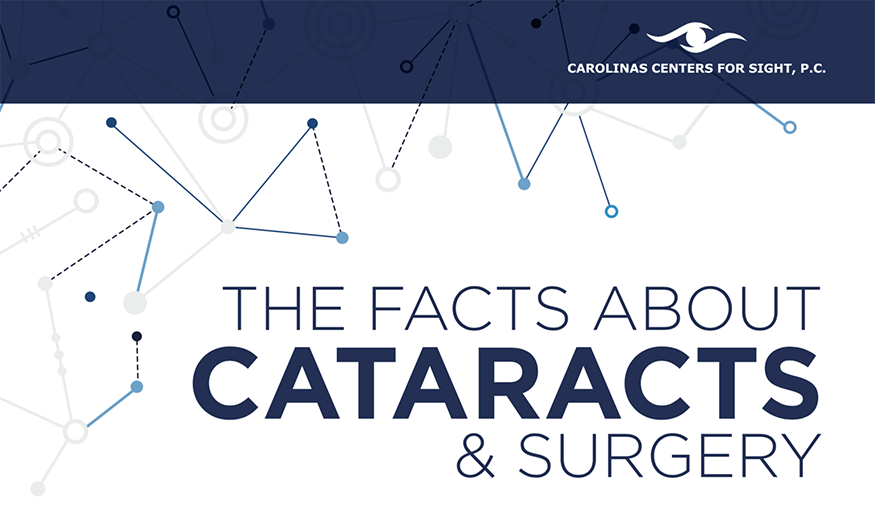Thinking Of Cataract Surgery? Analyze The Advantages Of Both Traditional And Laser Strategies To Identify The Necessary Aspects That Will Certainly Affect Your Vision
Thinking Of Cataract Surgery? Analyze The Advantages Of Both Traditional And Laser Strategies To Identify The Necessary Aspects That Will Certainly Affect Your Vision
Blog Article
Content Author-Bush Crawford
When considering the option in between conventional cataract surgical procedure and laser-assisted techniques, you may find yourself considering the benefits and drawbacks each method uses. The decision surpasses the surface degree of cost and precision, diving into the world of lasting results and client satisfaction. As click for info navigate through the intricacies of these two strategies, it becomes necessary to understand the nuanced information that can dramatically affect your aesthetic clearness and general experience. Keep tuned to reveal the crucial variables that will assist your decision-making procedure in this crucial aspect of eye care.
Typical Cataract Surgery Pros and Cons
When considering standard cataract surgery, you may discover that it's a well-established and widely-used method. In this treatment, a cosmetic surgeon makes a small cut in the eye and uses ultrasound to separate the cloudy lens prior to removing it. Once the cataract is removed, a synthetic lens is inserted to bring back clear vision.
mouse click the following website page of the major advantages of typical cataract surgery is its track record of success. Numerous clients have actually had their vision substantially boosted via this procedure. Furthermore, traditional surgery is often covered by insurance coverage, making it a more obtainable option for several people.
Nevertheless, there are some downsides to traditional cataract surgical treatment as well. Healing time can be much longer compared to newer strategies, and there's a slightly higher threat of difficulties such as infection or inflammation. Some individuals may also experience astigmatism or call for reading glasses post-surgery.
Laser-Assisted Techniques Pros and Cons
Exploring laser-assisted methods for cataract surgical procedure introduces a modern approach that utilizes laser innovation to do vital action in the treatment. Among the primary benefits of laser-assisted cataract surgical treatment is its precision. The laser enables incredibly accurate incisions, which can cause much better visual outcomes. Additionally, the use of lasers can lower the amount of ultrasound energy required during the surgical procedure, potentially lowering the threat of difficulties such as corneal damages.
On the drawback, laser-assisted strategies can be more costly contrasted to traditional approaches. This price mightn't be covered by insurance, making it less obtainable to some clients.
An additional factor to consider is that not all cataract surgeons are learnt laser innovation, which can restrict your choices for choosing a surgeon.
Last but not least, while the laser can automate specific aspects of the treatment, the surgical procedure still needs a skilled surgeon to make sure effective results.
Comparative Analysis of Both Methods
For a thorough understanding of cataract surgical treatment techniques, it's essential to carry out a relative analysis of both standard and laser-assisted approaches.
Traditional cataract surgical treatment involves hand-operated incisions and the use of portable devices to break up and get rid of the over cast lens.
On the other hand, laser-assisted cataract surgery uses advanced modern technology to produce exact cuts and separate the cataract with laser power before removing it.
In terms of precision, laser-assisted strategies use a greater degree of precision compared to typical approaches. Making use of lasers allows for modification of the treatment based upon each client's eye makeup, possibly resulting in far better aesthetic end results.
Nevertheless, laser-assisted cataract surgical treatment has a tendency to be more expensive than typical surgery, which might restrict ease of access for some people.
While both techniques are effective in restoring vision impaired by cataracts, the option between conventional and laser-assisted techniques commonly depends on elements such as expense, accuracy, and private client requirements.
Consulting with your ophthalmologist can assist figure out one of the most ideal approach for your cataract surgical treatment.
Verdict
To conclude, when determining between traditional cataract surgery and laser-assisted methods, think about variables like cost, accuracy, and individual requirements. Typical surgery offers a tested record and insurance protection but may include longer recuperation times. Laser-assisted techniques offer higher precision and customization yet can be a lot more expensive and not always covered by insurance coverage. Ultimately, the choice in between both approaches relies on what is most important to you and your particular situation.
